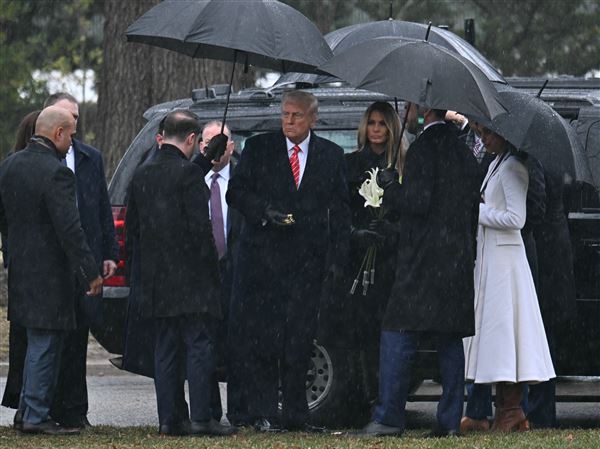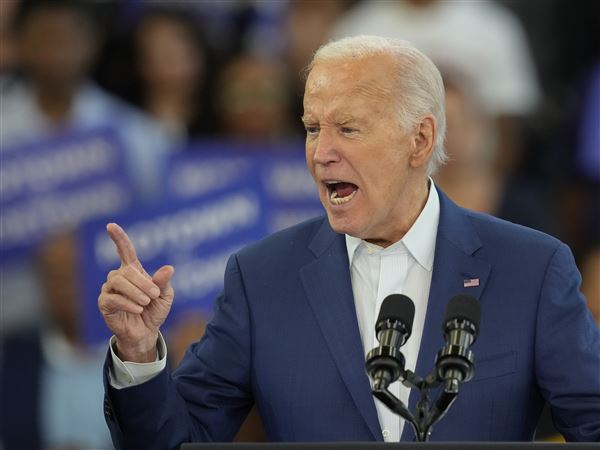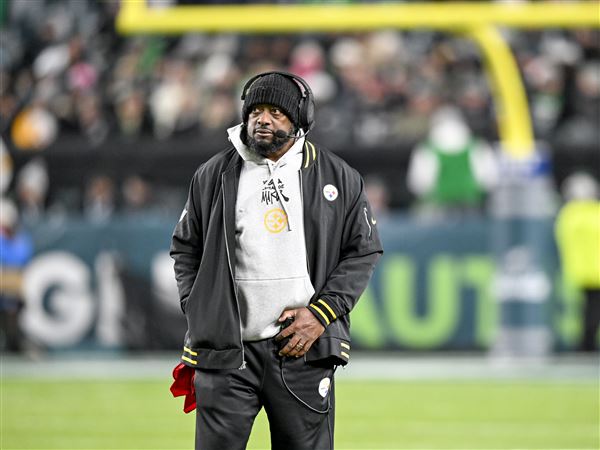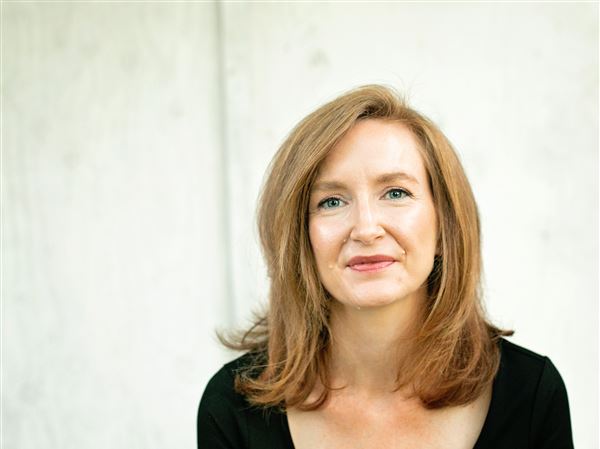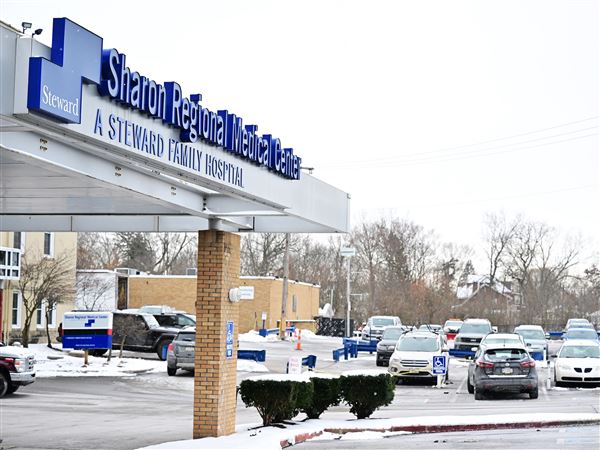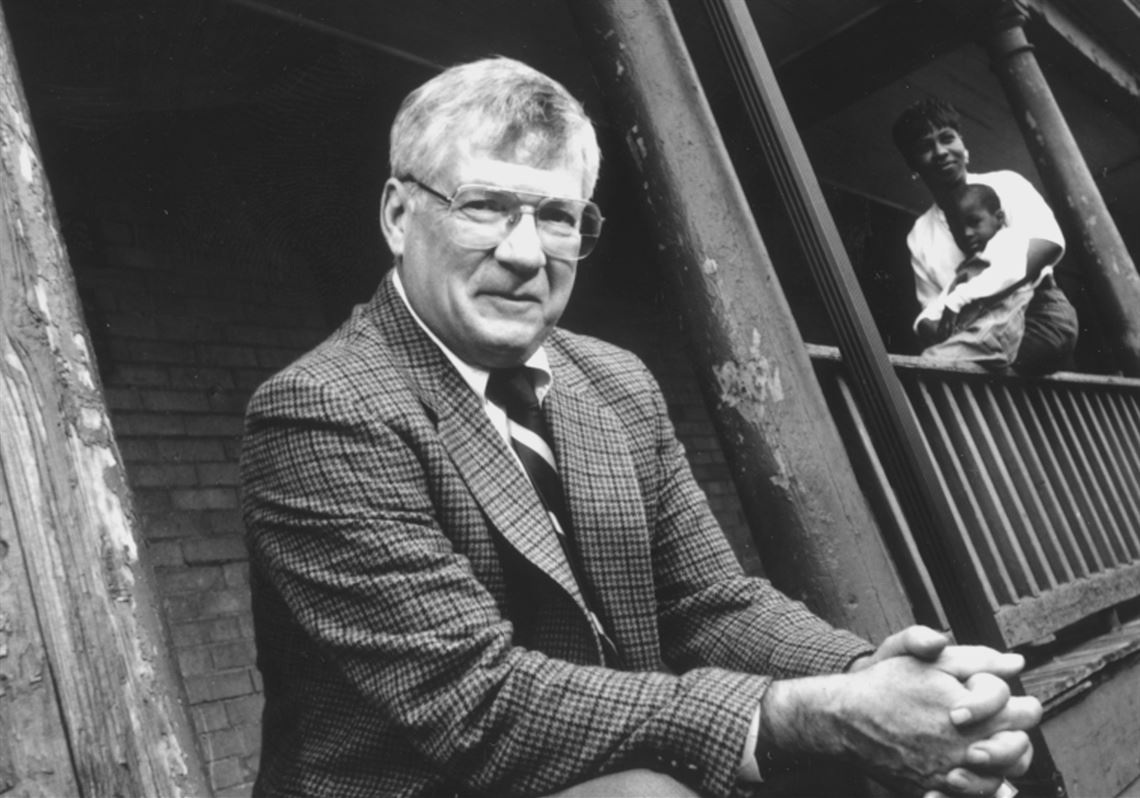Herbert Needleman had been thinking about the impact lead had on children’s cognitive abilities for nearly two decades before he finally came up with a way to test historic lead levels.
He wanted to take samples of hair, fingernails or even bone. But none of it would be feasible or provide long-term evidence of lead exposure in children. Then he realized there was a type of bone sample that kids involuntarily give up themselves around 5 or 6 years old: Baby teeth.
So, as a researcher at Temple University, he developed the “Tooth Fairy” approach of paying kids for their teeth and testing them for lead. That method led to a ground-breaking paper in 1972 that found that inner-city, mostly black children had lead levels five times higher than suburban, mostly white kids.
He moved to Harvard University and tested 3,000 teeth from 2,500 children and asked an even more important question: Is there a relationship between even low lead levels and cognitive ability in children?
The answer, published in the New England Journal of Medicine in 1979, was a scientifically significant yes. He found that children with even low levels of lead in their bodies had IQ scores five to six points lower on average than children in similar homes and backgrounds without lead.
The finding hit the scientific community, government regulators and the lead industry like a tsunami that continues to send ripples into the present day.
It led to the federal government’s decision in the mid-1980s — when he had moved to the University of Pittsburgh — to fully phase out lead in gasoline, and his work continues to spur additional research into the impacts of even smaller levels of lead than he tested for in children.
“Herb’s science — to use a term already used by others — was an inconvenient truth,” said Bernard Goldstein, former dean of Pitt’s Graduate School of Public Health. “It was ground-breaking work of the highest importance.”
Dr. Goldstein continued: “He was a hero to all of us in the public health community.”
Dr. Needleman, 89, of Squirrel Hill, died Tuesday at Weinberg Village, an assisted living home in Glen Hazel, where he had lived for the last two years while suffering from Alzheimer’s disease.
Herbert Leroy Needleman was born Dec. 13, 1927 in Philadelphia to Sonia and Joseph Needleman, who had both immigrated to the United States as children.
His mother’s father had built a business making pickles in the Shupak Pickle factory that still stands in Philadelphia, though the company was acquired by Vlasic in 1968, and Dr. Needleman worked there when he was young.
He was the first person in his family to go to college, graduating from Muhlenberg College in Allentown and then going to medical school at the University of Pennsylvania.
It was through a combination of experiences — he had spent a summer working in a Du Pont plant where lead was used — and as a working pediatrician and child psychiatrist that Dr. Needleman began putting together theories about what lead exposure was doing to children.
“He put those three things together and started to think about how he could examine that,” said one of his two sons, Dr. Joshua Needleman, a pediatric pulmonologist in Brooklyn.
The drive came from a combination of scientific curiosity and a social justice mission that was simply “a part of him,” his son said. “He just couldn’t tolerate injustice and could not stop seeking the truth.”
Horrified by the Vietnam War’s impact on the civilian population, in 1966 Dr. Needleman helped to found the Committee of Responsibility (COR) to Save War-Burned and War-Injured Vietnamese Children.
COR enlisted a list of Nobel prize winners and doctors from around the country to support its goal of bringing Vietnamese children here for medical treatment for war injuries.
Dr. Needleman was its chairman from its beginning until the end of the war in 1975. In that decade COR brought about 200 children to the U.S. for treatment, and helped another 300 get treatment in Vietnam, said John Balaban, whom Dr. Needleman hired in 1968 to work with him at COR.
The goal was to help the children and help end the war, said Mr. Balaban, now an English professor at North Carolina State University: “The basic ethos of COR was to bring the children into our communities and let people know about them. He believed there was a basic decency in Americans that they could not support the destruction of people.”
He had a similar belief in his scientific research.
After there was backlash from the lead industry, and skepticism from some in the research community about his 1979 findings, Dr. Needleman faced inquiries by both the National Institutes of Health and Pitt that lingered until 1991, when he was ultimately cleared of any wrongdoing by both.
“It was a terrible time in his life,” said Philip Landrigan, global health director at Mount Sinai Hospital in New York and a longtime lead researcher with Dr. Needleman. “The people who raised the questions used a small discrepancy to undermine him.
“More than 90 percent of the scientific community had long accepted his findings and the only people who didn’t were on the payroll of the lead industry.”
After he was vindicated, the awards poured in — starting with a 1997 Heinz Endowments award — and continued with regularity the rest of his life.
“He accomplished a lot. He suffered a lot. And he inspired a lot of people,” said David Rosner, a history professor at Columbia University who wrote a book, “Lead Wars,” in 2013 that looked at the work Dr. Needleman and other researchers did on lead. “His main goal was to inspire a generation of researchers, and he obviously has done that. He was just a great man.”
Dr. Needleman is survived by his wife of 54 years, Roberta, in Pittsburgh; another son, Samuel, of Pittsboro, NC; a daughter, Sara Kline, of Arlington, Va.; and seven grandchildren and three great-grandchildren.
The funeral is at 10 a.m. Friday at Rodef Shalom Temple, 4905 Fifth Ave. Interment follows at West View Cemetery of Rodef Shalom Congregation.
Sean D. Hamill: shamill@post-gazette.com or 412-263-2579 or Twitter: @SeanDHamill
First Published: July 20, 2017, 12:06 p.m.
